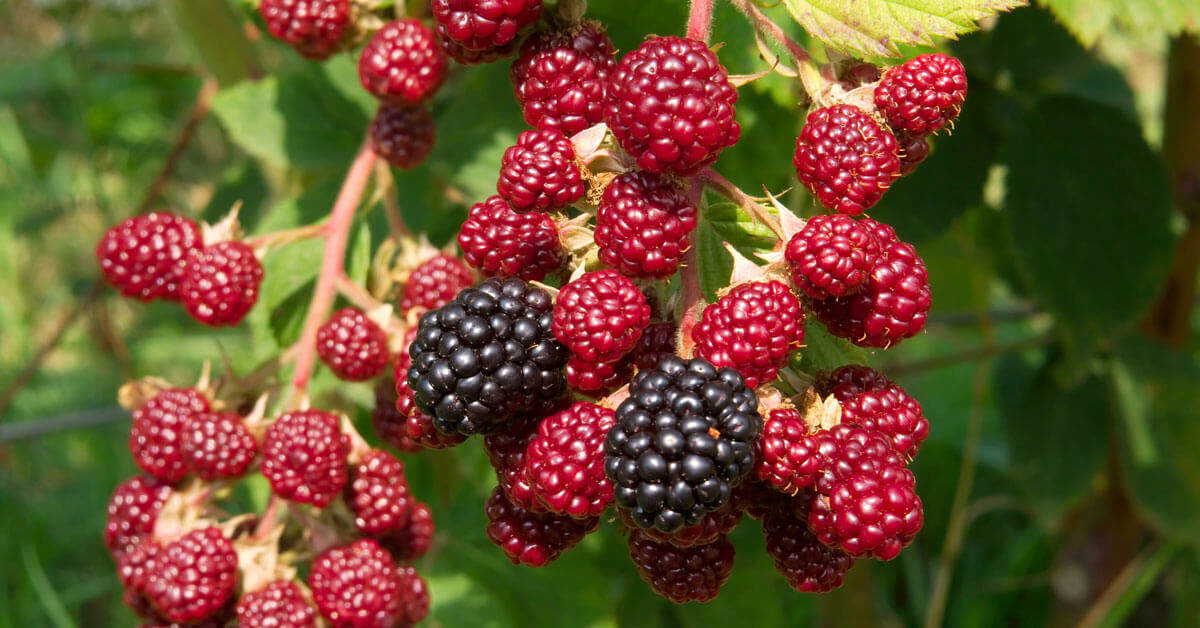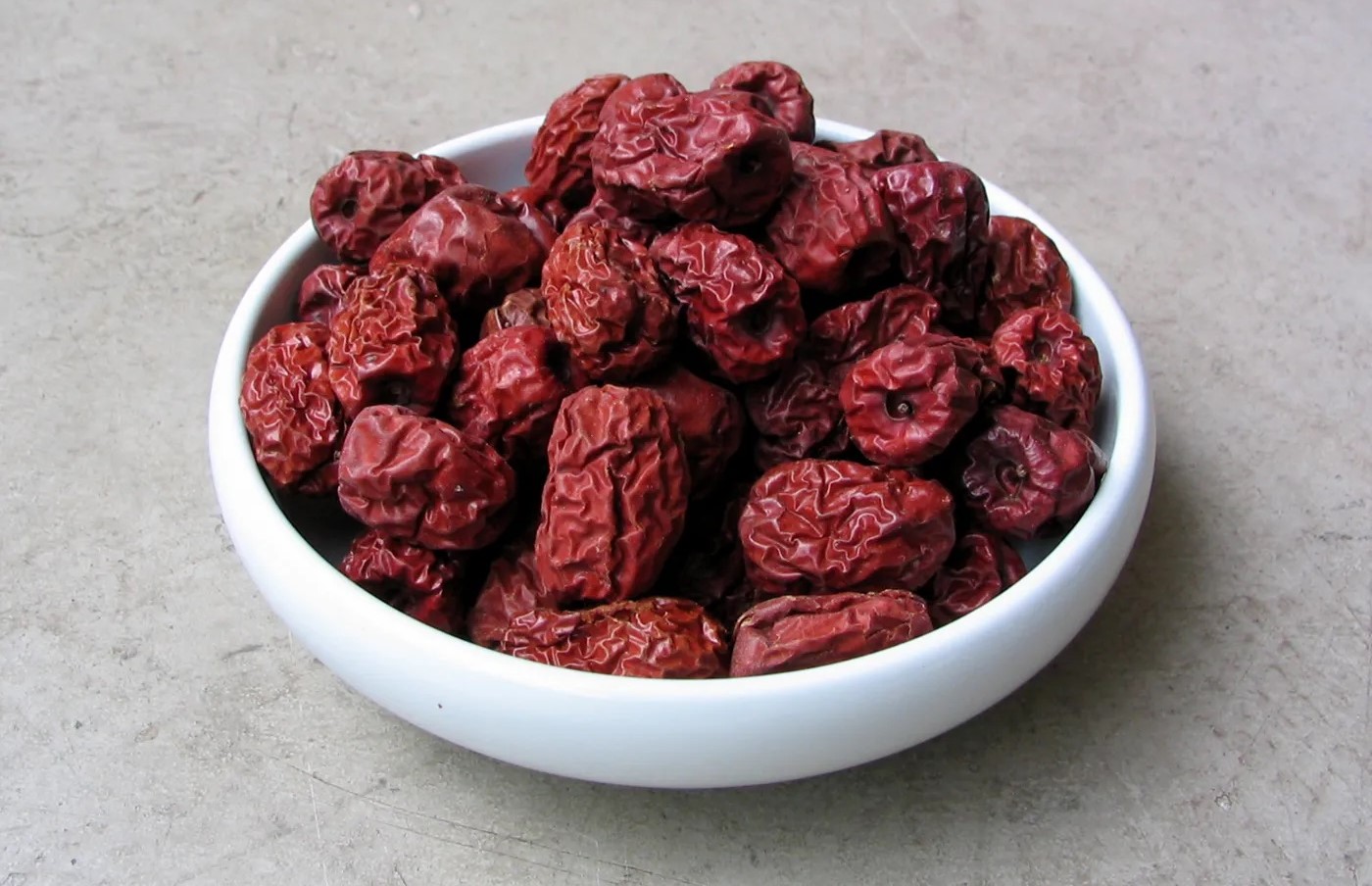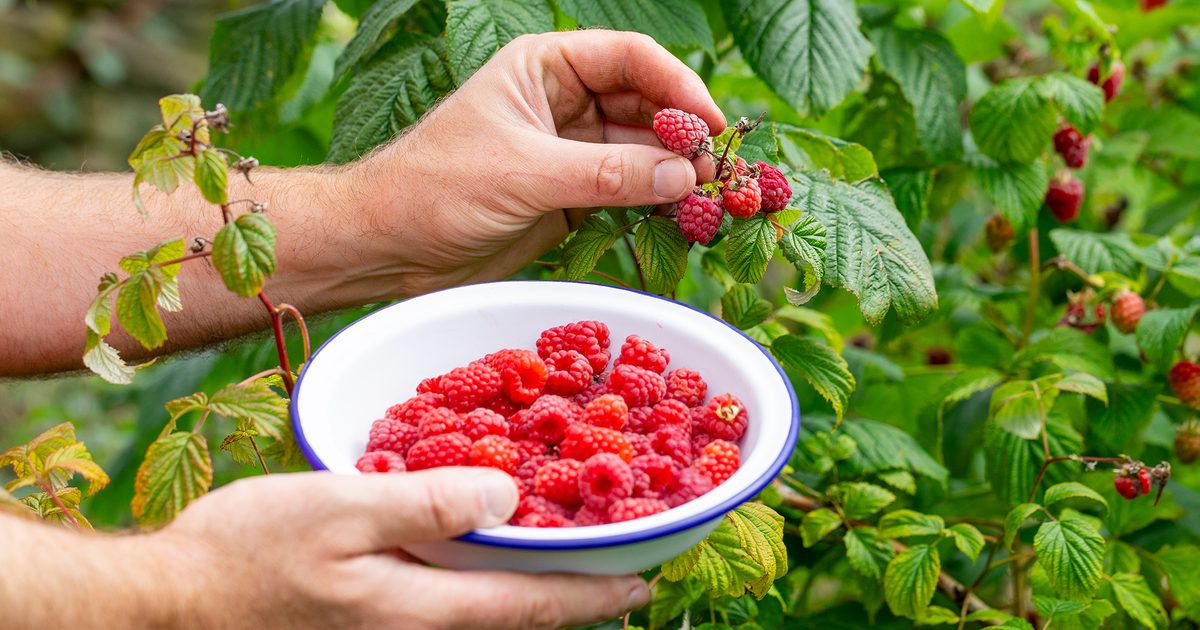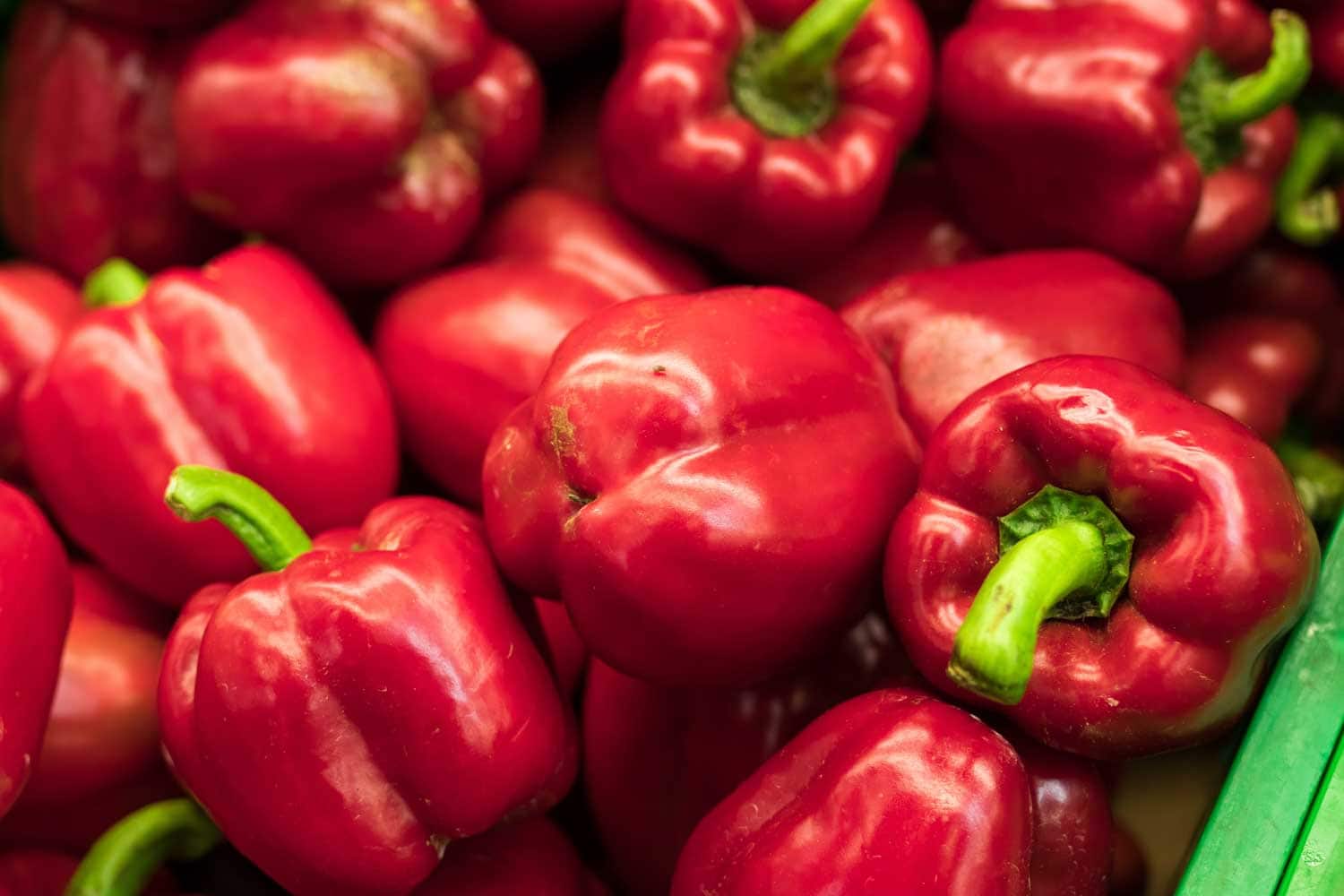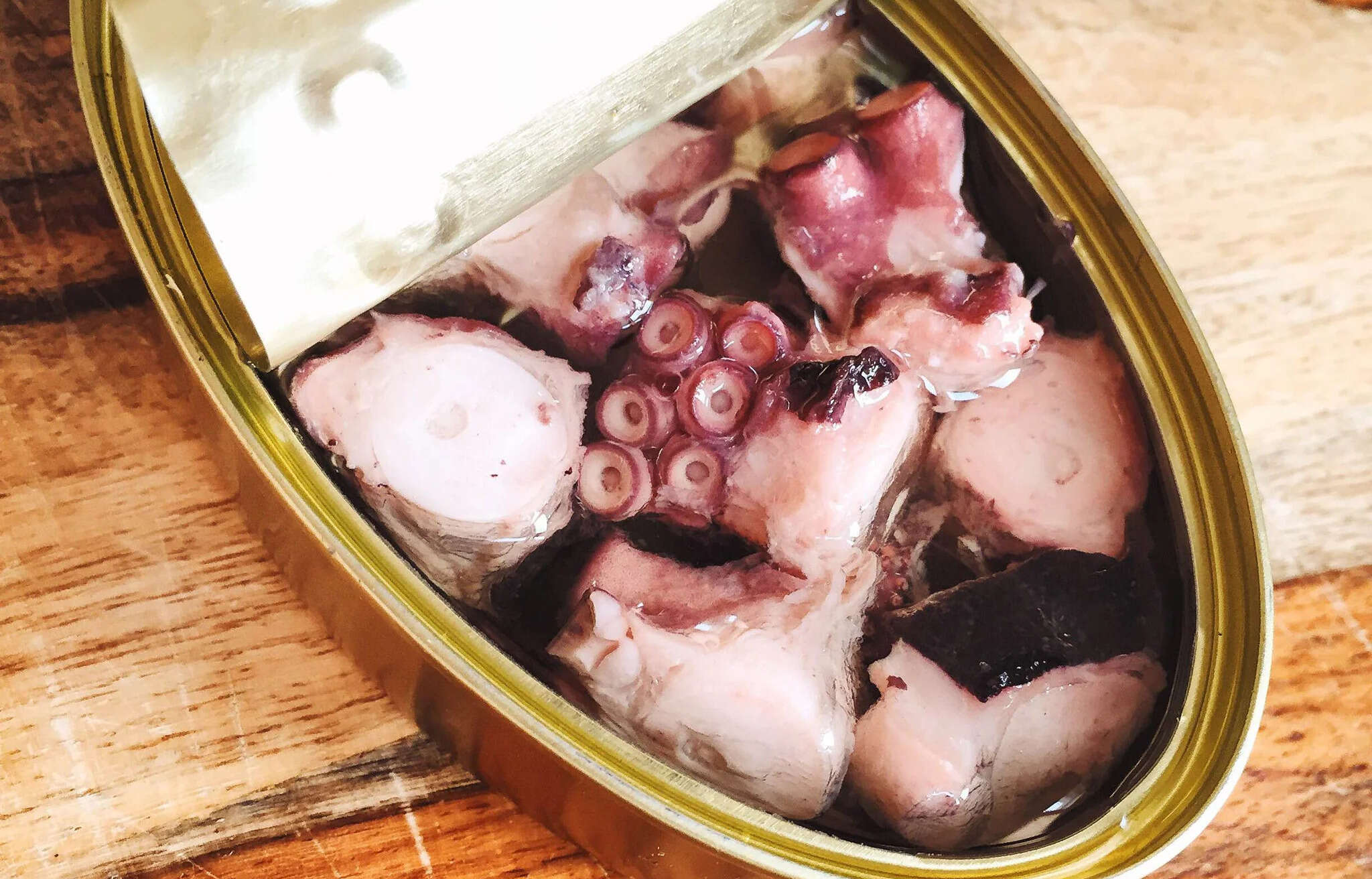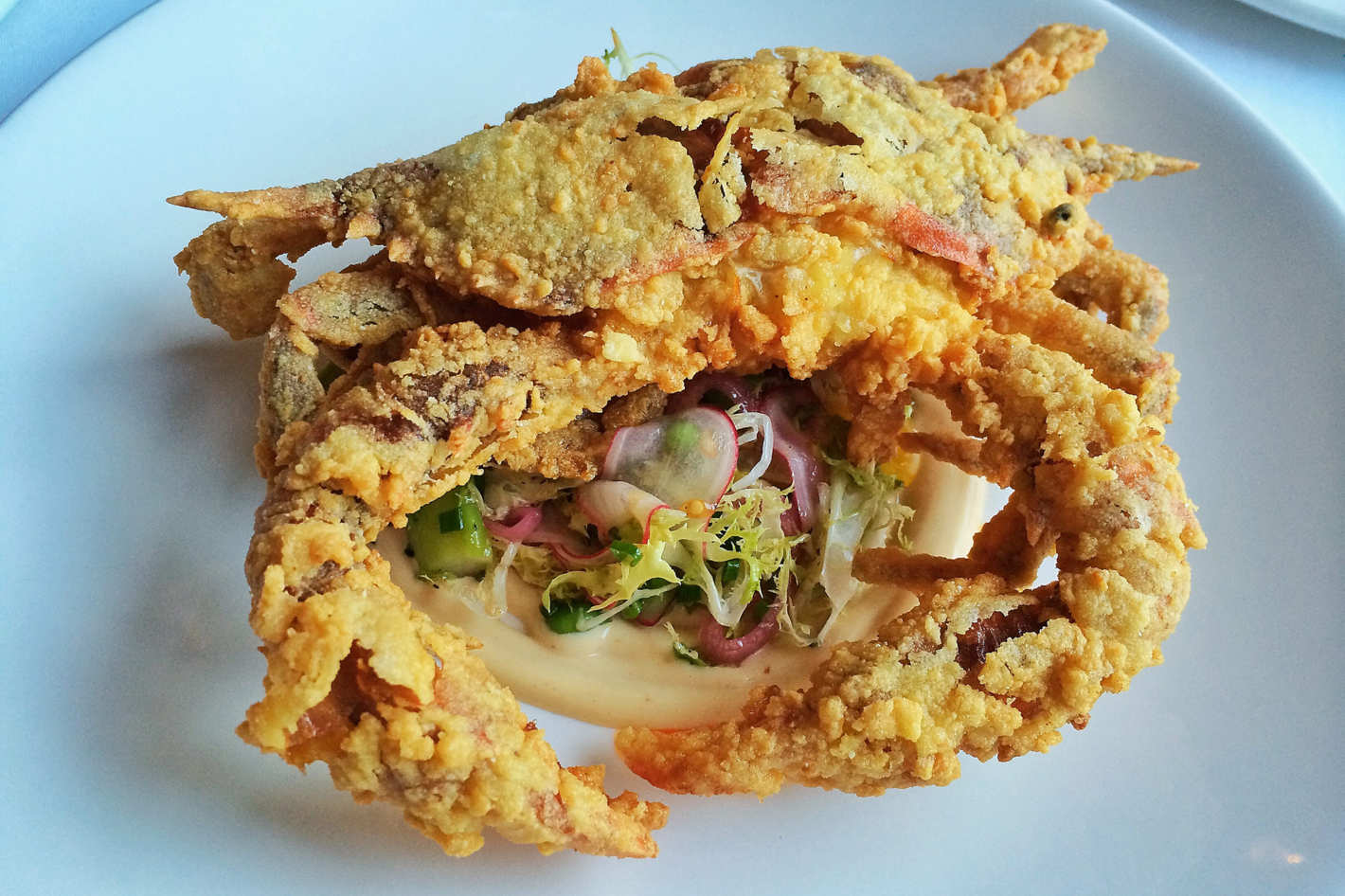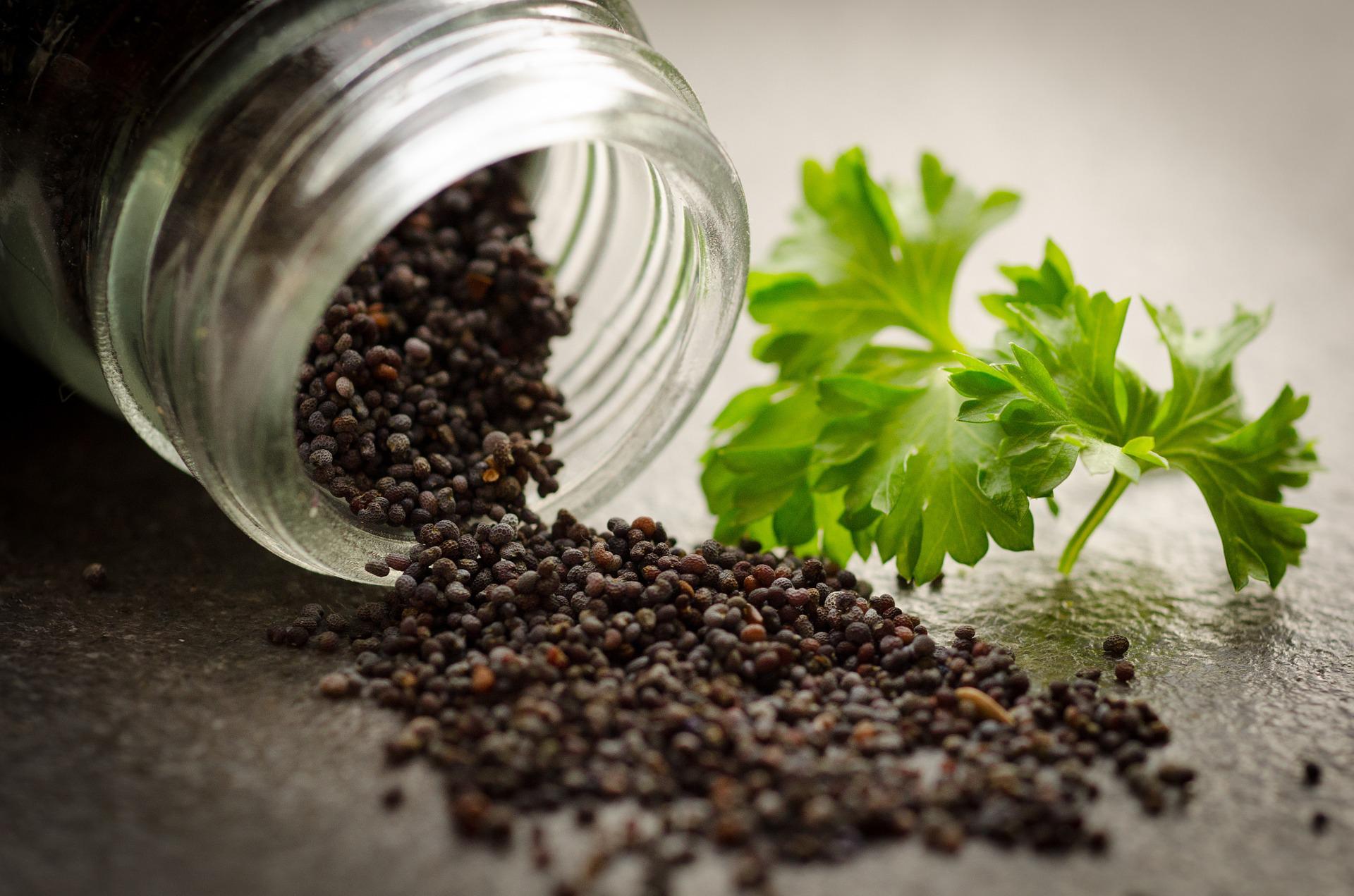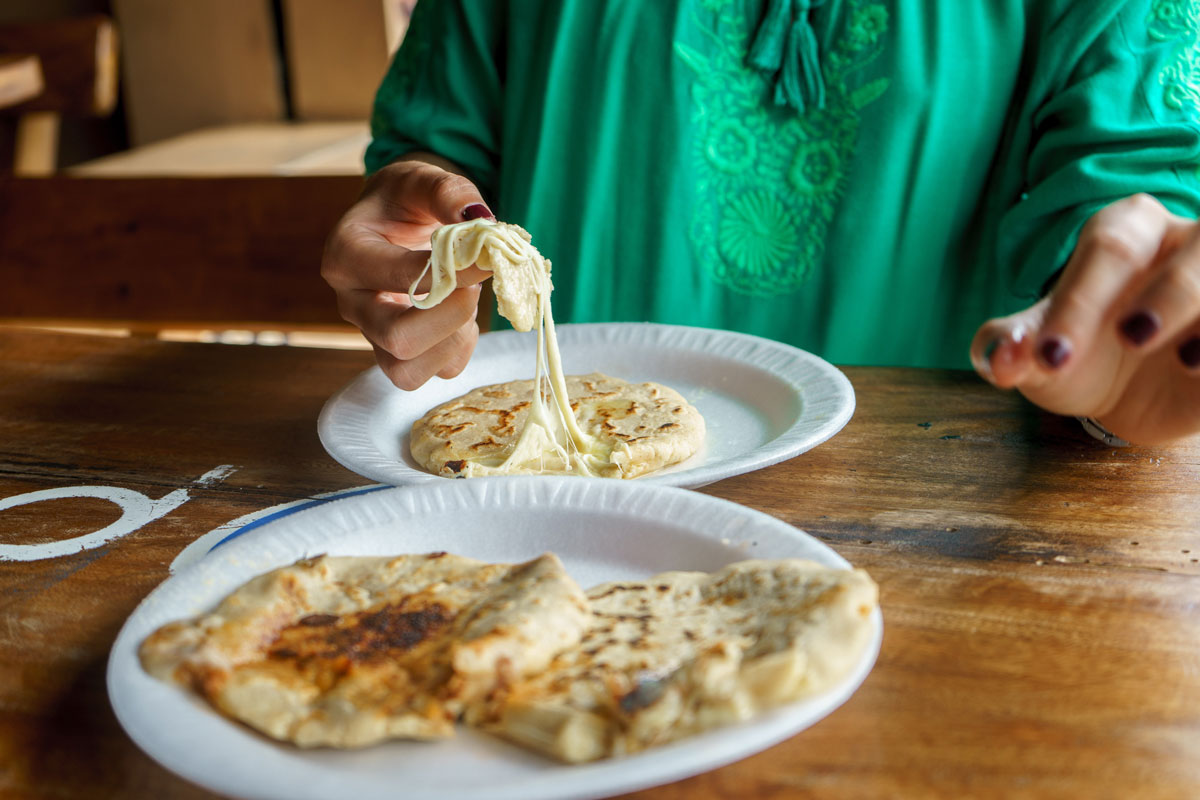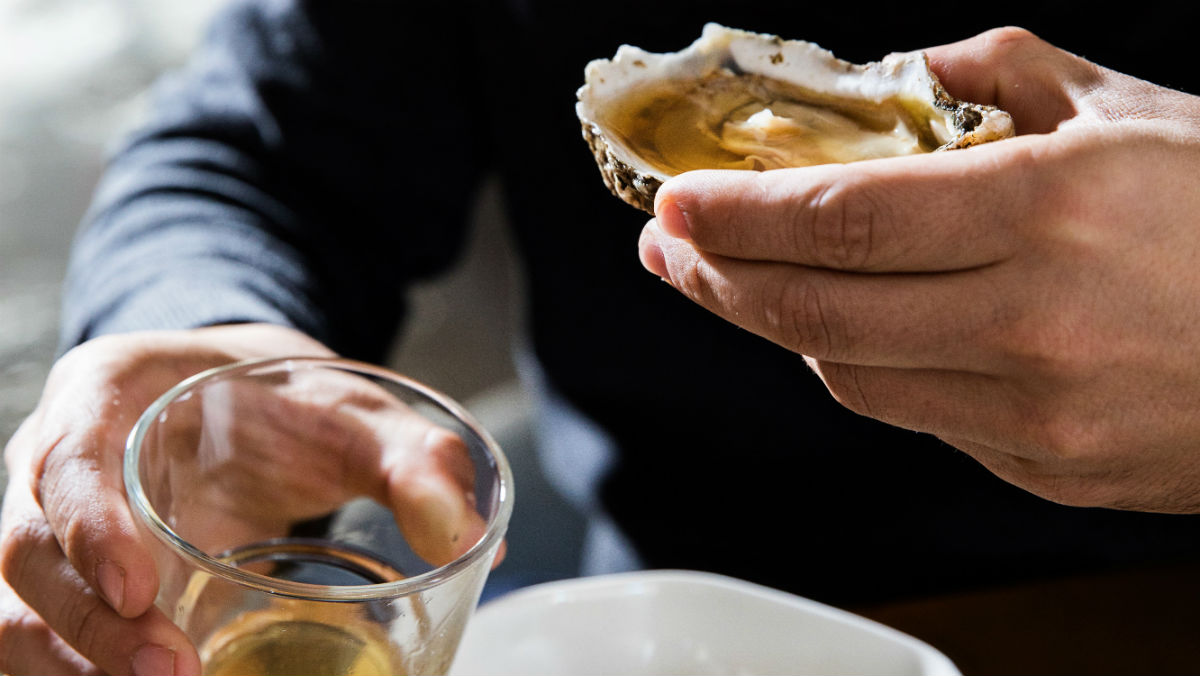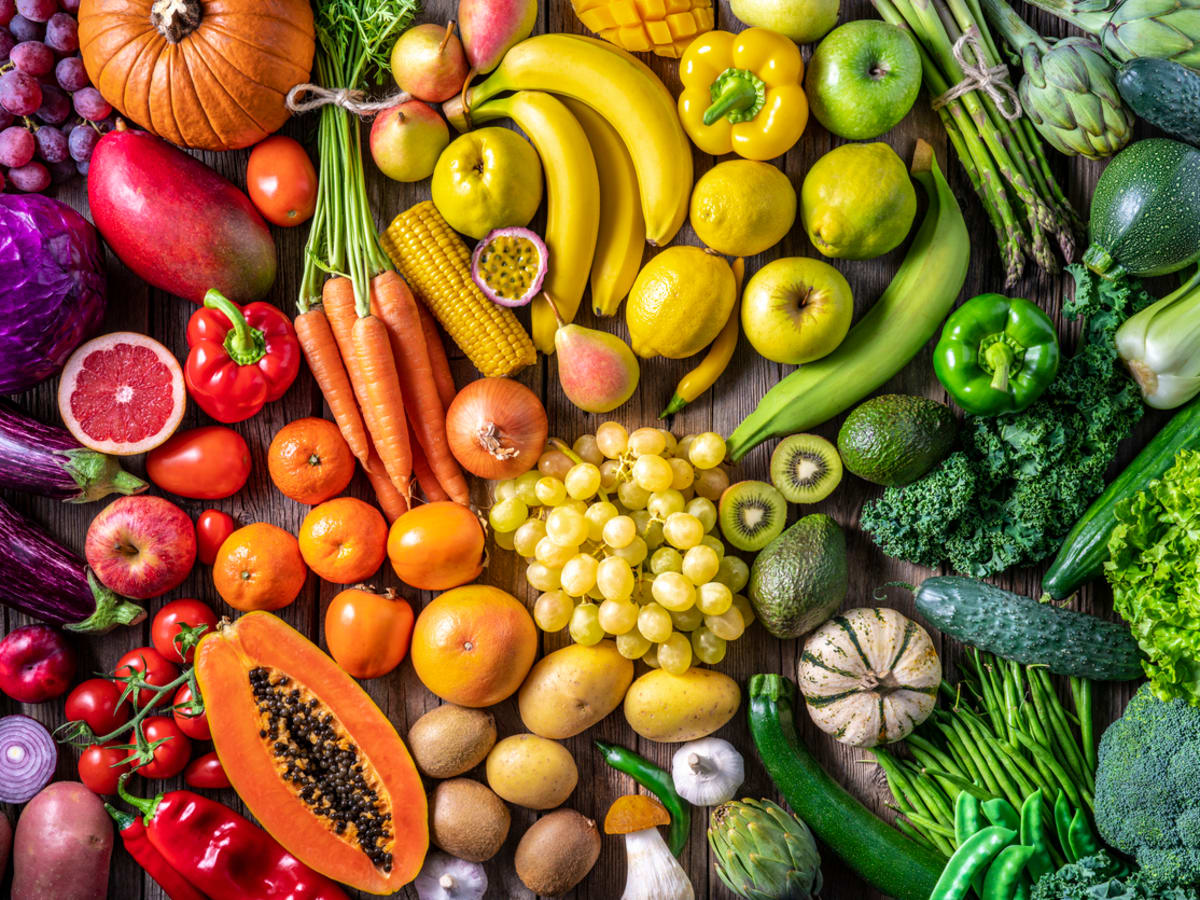Unlocking the Nutritional Power of Seeds
Seeds are tiny powerhouses of nutrition that are often overlooked in our diets. From chia and flax seeds to pumpkin and sunflower seeds, these little gems are packed with essential nutrients that can benefit our health in numerous ways. If you’re wondering how to incorporate more seeds into your diet, read on for some simple and delicious ways to enjoy these nutritional powerhouses.
1. Sprinkle Them on Your Breakfast
One of the easiest ways to incorporate seeds into your diet is by sprinkling them on your breakfast. Whether you’re enjoying a bowl of oatmeal, yogurt, or a smoothie, adding a tablespoon of chia seeds or flax seeds can provide a boost of fiber, omega-3 fatty acids, and protein to start your day off right.
2. Make a Seed Butter
If you’re a fan of nut butter, you’ll love the idea of making your own seed butter. Sunflower seed butter and pumpkin seed butter are delicious alternatives to traditional nut butters and can be used in the same way. Spread them on toast, use them as a dip for fruit, or add them to smoothies for a nut-free source of protein and healthy fats.
3. Add Them to Baked Goods
Seeds can add a delightful crunch and nutty flavor to your favorite baked goods. Whether you’re making homemade granola bars, muffins, or bread, consider adding a handful of sesame seeds or poppy seeds to the batter for an extra nutritional boost.
4. Create Seed-Encrusted Proteins
For a savory twist, try encrusting your proteins with a mixture of seeds before cooking. Whether you’re baking chicken, fish, or tofu, coating them in a blend of sesame seeds and pumpkin seeds can add a delicious crunch and a dose of healthy fats to your meal.
5. Sprout Them for Added Nutrition
Sprouting seeds can enhance their nutritional value and make them easier to digest. Broccoli seeds, alfalfa seeds, and mung beans are popular choices for sprouting and can be added to salads, sandwiches, and wraps for a fresh and crunchy texture.
By incorporating a variety of seeds into your diet, you can reap the nutritional benefits they have to offer. From their high levels of essential fatty acids to their rich array of vitamins and minerals, seeds are a simple and versatile way to boost the nutritional content of your meals. So, go ahead and get creative with seeds in the kitchen – your body will thank you for it!
